In 2006, the National Library of Medicine acquired a Chinese public health collection, some 7,000 items—including posters, scrolls, pharmaceutical ads and puzzles. The posters were designed and printed by Chinese local and central governments and tie public health concerns to political, social, economic, and military engagements. Themes include combating disease, linking health to productivity (typically after 1949), knowledge about infectious diseases, environmental sanitation, hygiene education, and changing the image of women. The posters featured in this exhibition give a brief glimpse into mid-20th century China’s public health concerns.
Communicable Disease
In the mid-20th century, the spread of many communicable diseases put China at risk. Diseases such as typhoid fever, cholera, and, most notably, tuberculosis were studied by physicians and public health experts. Medical printing companies and public health organizations, including government agencies, used posters to share knowledge about the spread and diagnosis of these diseases. The posters gave tips and informed the public on how to prevent themselves and loved ones from getting sick.
Tuberculosis
Tuberculosis (TB) was one of the major epidemic diseases in 20th century China. Organized efforts to fight the disease began in 1933 when the National Anti-Tuberculosis Association of China was established. From 1950 through 1980, the Chinese government launched anti-TB campaigns as part of the national public health movement. Health posters became an important tool to disseminate health knowledge and methods of prevention and treatment. In particular, the posters emphasized using BCG vaccines and eliminating public spitting as key preventive methods, along with attention to good nutrition, exercise, and a regular lifestyle to boost general health and build a strong immune system.
Vector-borne Disease
The Four Pests
Beginning in the 1950s, the Chinese government mounted the Patriotic Health Campaigns to improve sanitation and public health. In 1958 the campaigns focused on the "the four pests": rats, sparrows, flies, and mosquitoes. Later sparrows were removed from the list, and fleas and lice added. Snails were particularly targeted for eradication because they carried the debilitating disease of schistosomiasis. In addition to spreading disease, these vermin also ate food, chewed electrical wires, and thus disrupted the social fabric that Mao Zedong was trying to build in China.
Malaria
In 1950, over 30 million Chinese people suffered from malaria and one percent of them died. In response, the Chinese government launched national campaigns against malaria in the early 1950s alongside malaria control programs. While timely treatment of malaria is essential, the anti-malaria campaigns strongly emphasized preventive methods, as "prevention first" was the health policy in the 1950s-1980s.
Anti-malaria campaigns aimed at eliminating the breeding grounds of mosquitoes, using community efforts to dredge rivers, fill up ditches, pull out weeds, raise fish and ducks to feed on mosquito larvae, spray residential areas with insecticides, and use bed-nets in both urban and rural neighborhoods. These measures also included providing consistent preventative health care and access to anti- malarial medicines. These campaigns and programs resulted in basic control of malaria by 1990.
Hygiene and Sanitation
Starting in the 1950s, the Chinese government recognized the role of environmental sanitation and hygiene in the spread of disease and built public health campaigns specifically to address these issues. Posters on hygiene and sanitation depicted citizens cleaning up public areas and their neighborhoods as well as maintaining a clean home and kitchen. Using posters as education, campaigns incentivized people to take care of their health while also learning about how different diseases work. The most enduring campaigns were the efforts to improve water quality and waste treatment, which led to dramatic reductions in the epidemic diseases of cholera, plague, and typhoid
Personal Hygiene
To do one’s part in preventing the spread of disease, Chinese public health posters educated citizens on how to maintain good personal hygiene. This included posters targeting chefs to perform correct hand hygiene while at work and many posters specifically for children to educate them on healthy habits like brushing one’s teeth, covering one’s body while sleeping, and washing hands. In the efforts to minimize the spread of TB, many hygiene posters encouraged citizens to not spit on the ground and spread the TB bacteria, Mycobacterium tuberculosis.
War and Politics
Mid-20th century China was a time of great political shifts. Following World War II and a violent Civil War, many Chinese citizens and their health had been greatly impacted by conflict. Some posters made after the establishment of the People’s Republic of China and the Cultural Revolution used war and politics as a backdrop for public health issues and education.
Vaccines
Vaccinations play an extremely important role in eradicating disease. As part of Chinese public health campaigns, posters encouraging citizens to get vaccinated proliferated throughout the mid-20th century.
The BCG, or Bacillus Calmette-Guérin, vaccine, made to protect from TB, was developed by Albert Calmette and Camille Guérin over the course of 13 years, from 1908-1921. In China, however, the cost of the BCG vaccine was too high for many workers and the poor until the establishment of the People’s Republic of China. The People’s government made the vaccine available to all provinces, municipalities, and regions so that by 1979, 500 million vaccinations had been administered to children until 15 years of age. These posters predominantly feature children as a way of encouraging Chinese citizens to vaccinate at a young age to better prevent the spread of TB.
Credits
This exhibition was produced by the National Library of Medicine and was drawn from four earlier exhibitions curated by Dr. Liping Bu (卜丽萍).

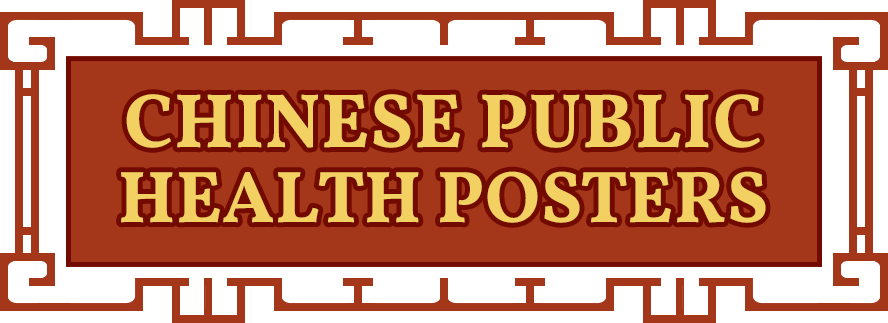
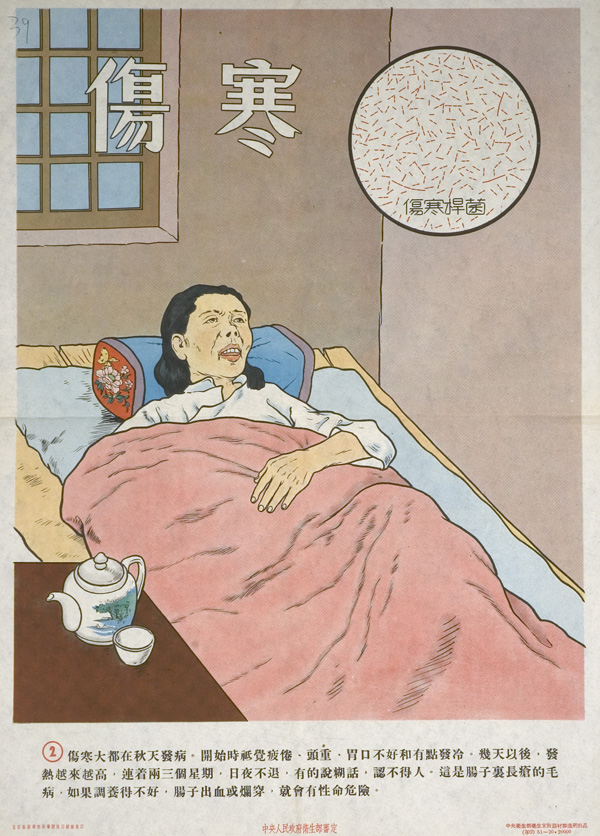
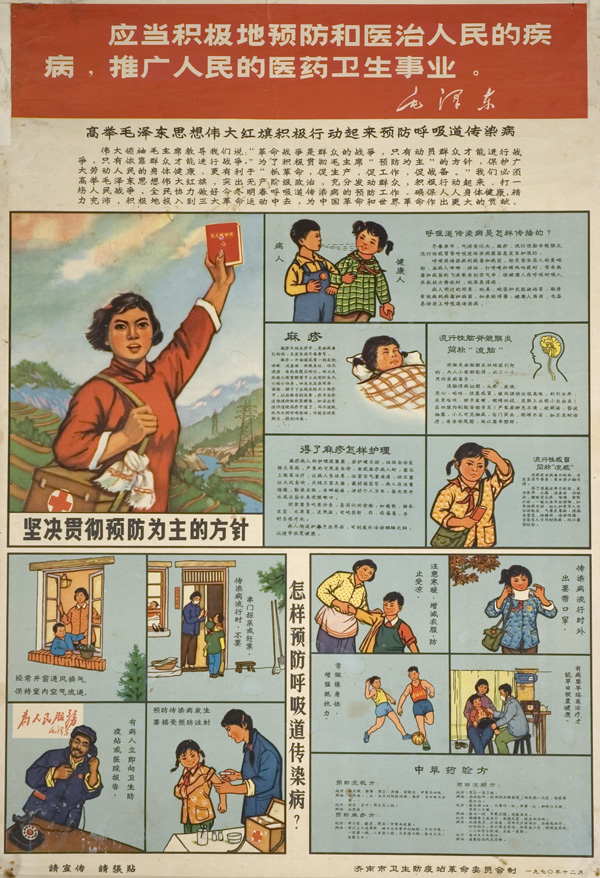
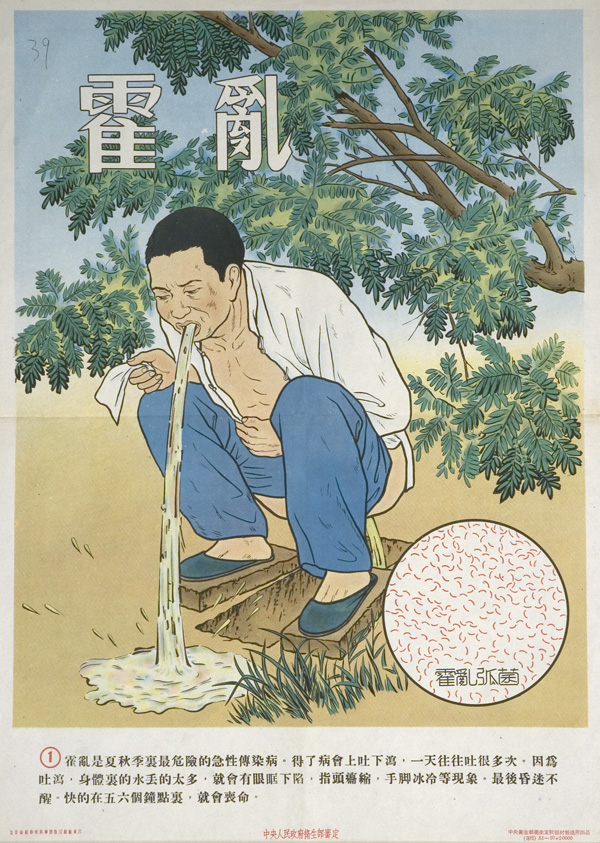
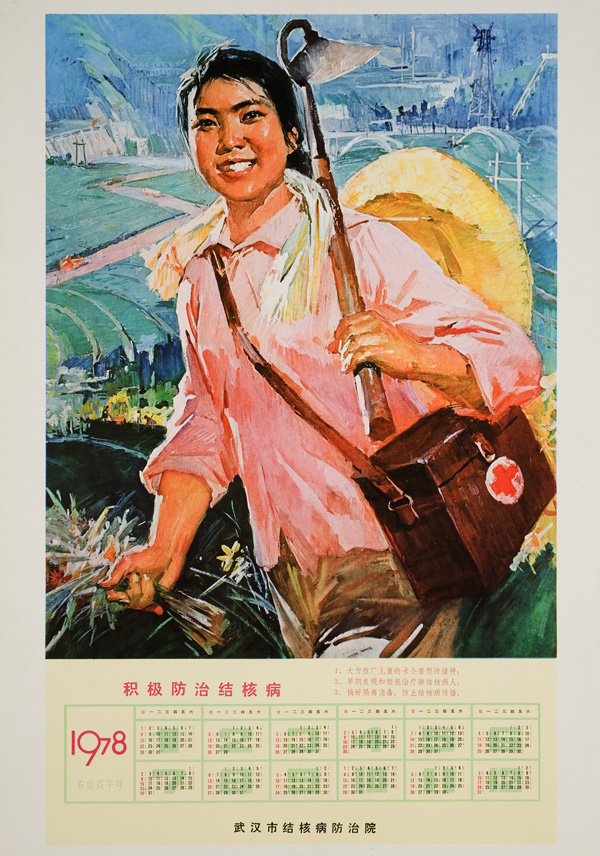
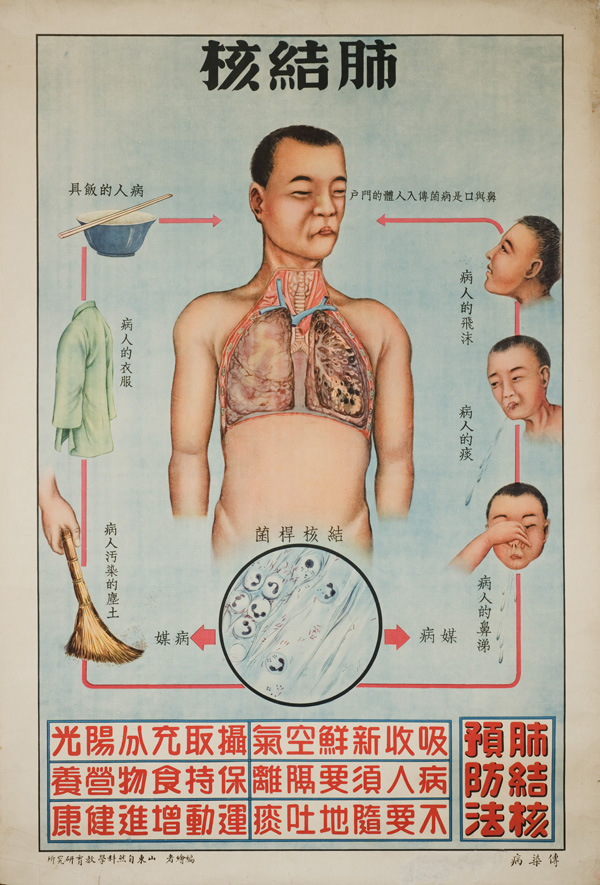
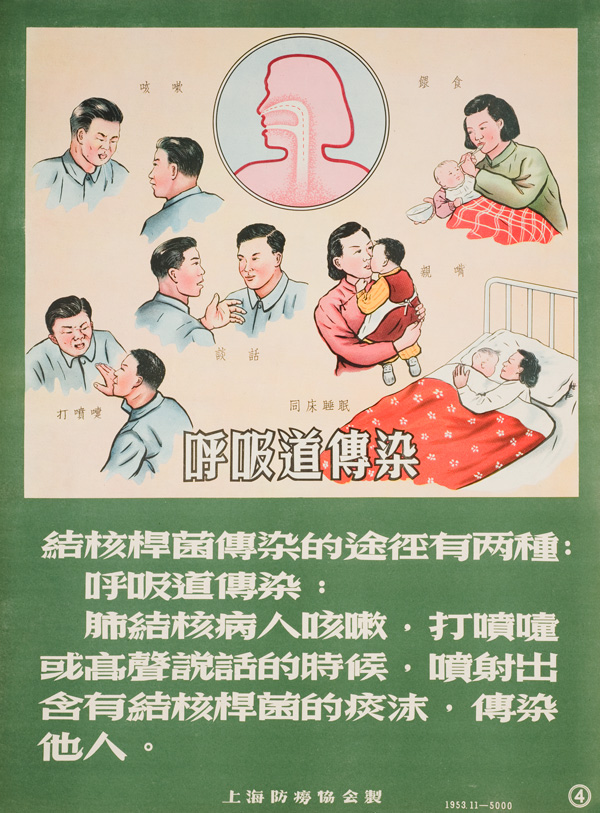
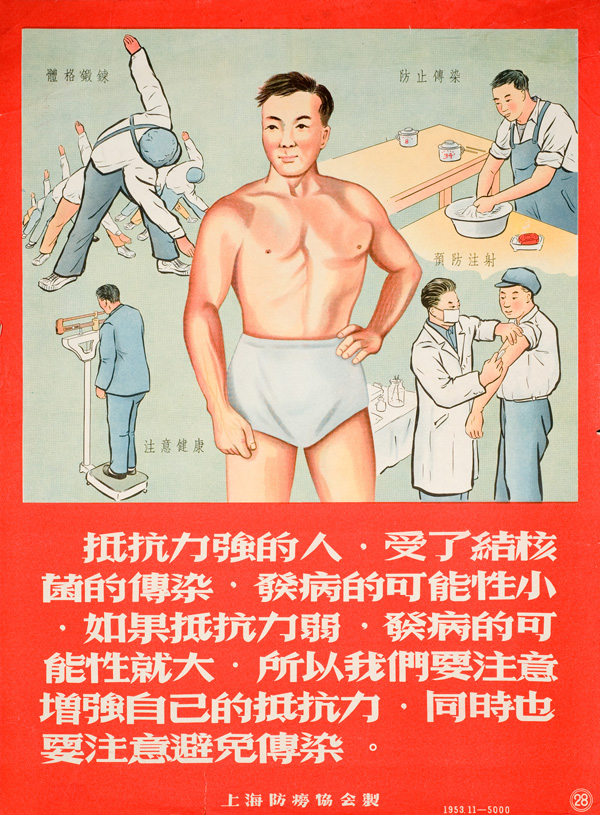
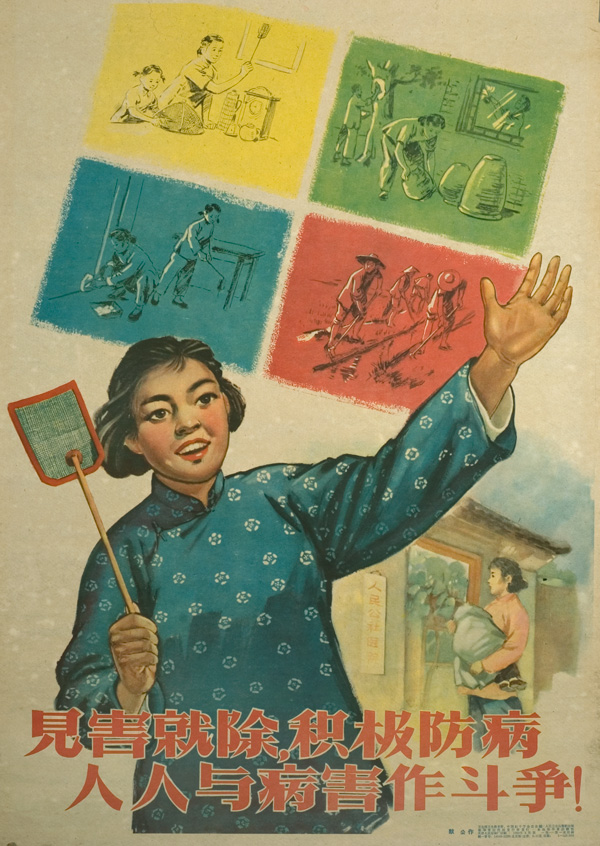
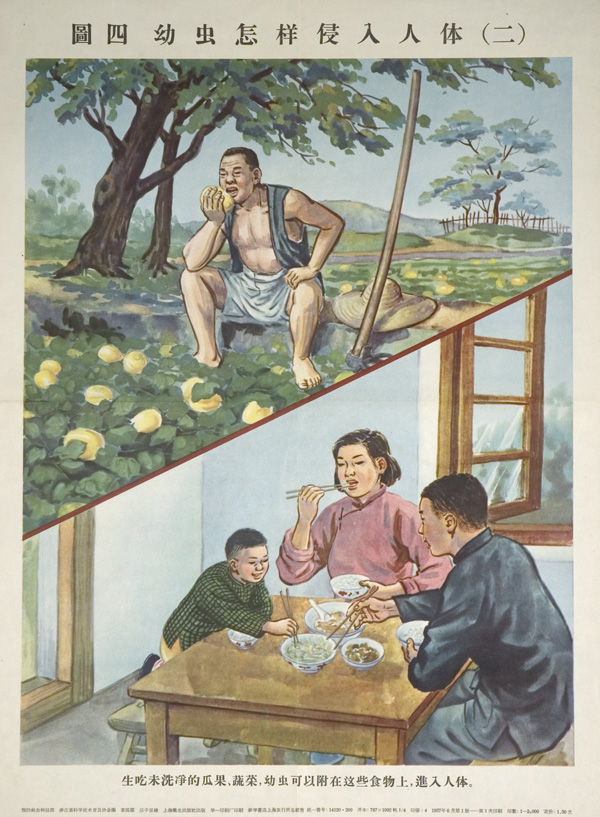
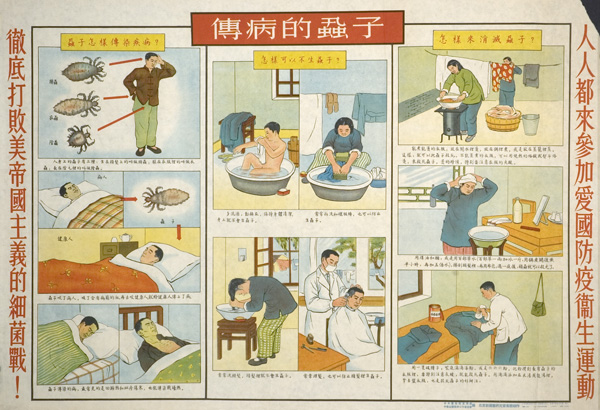
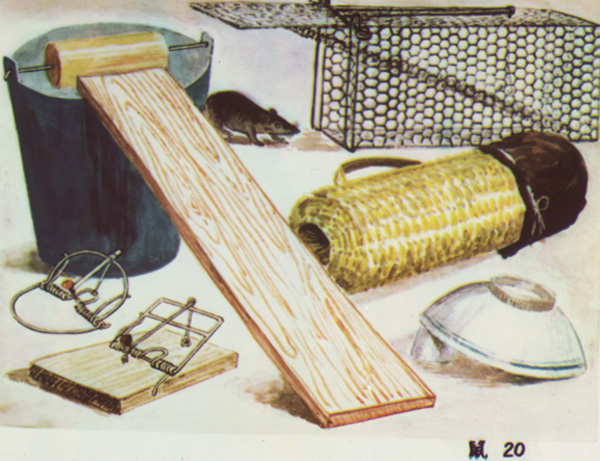
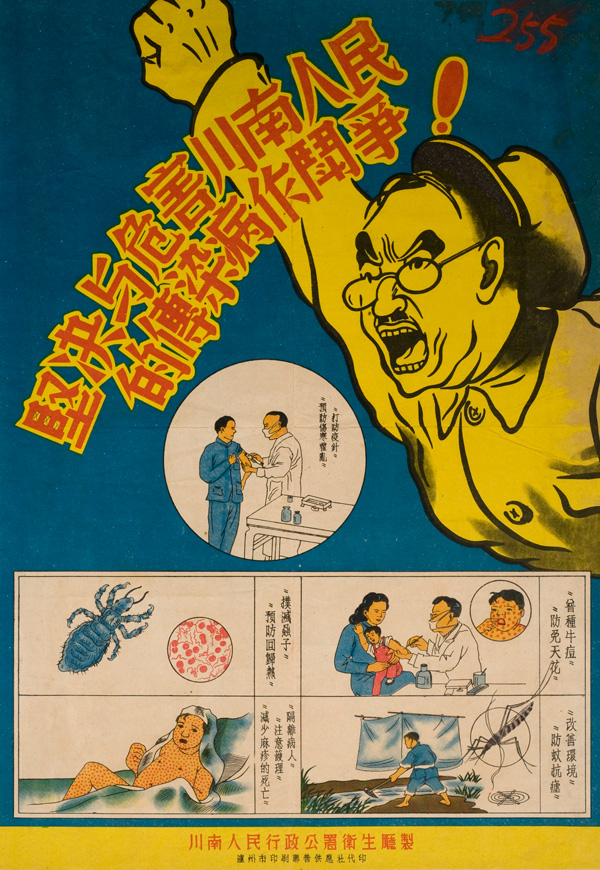
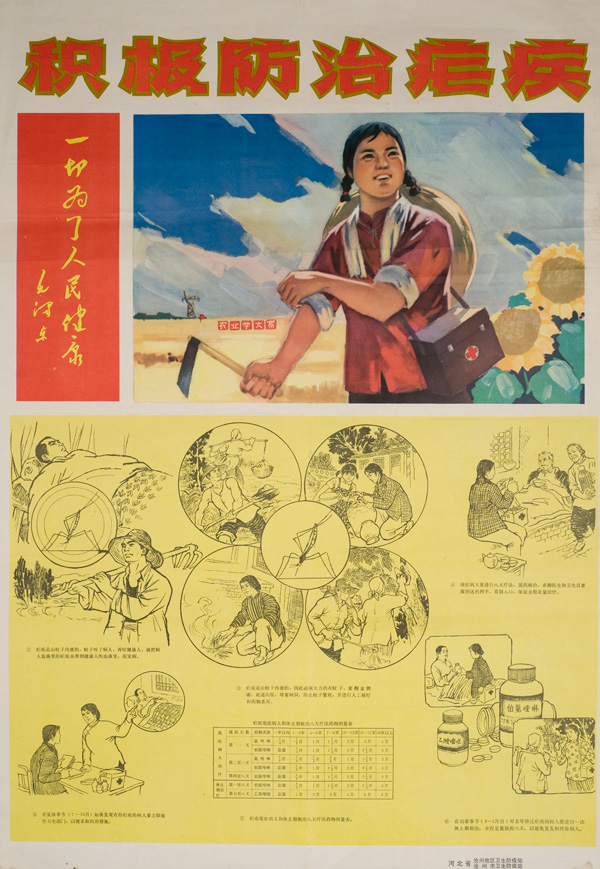
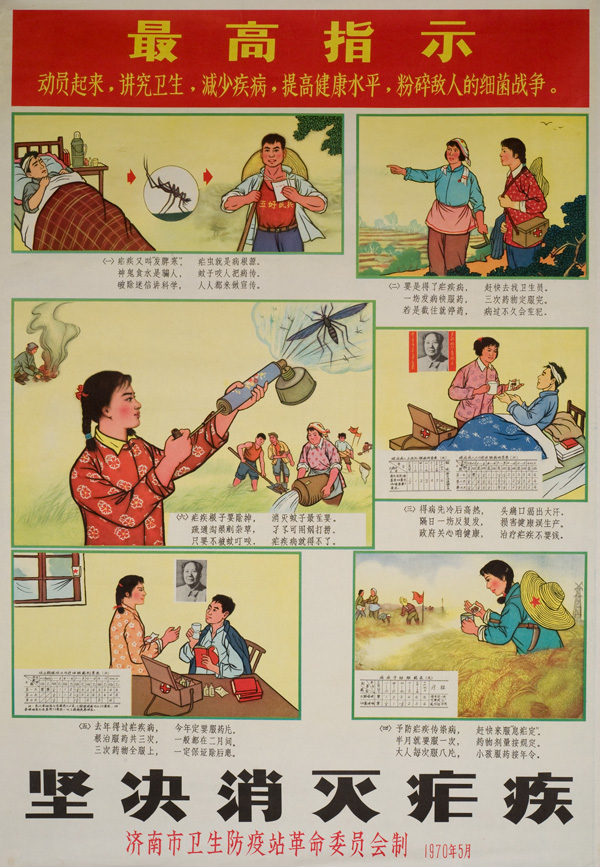
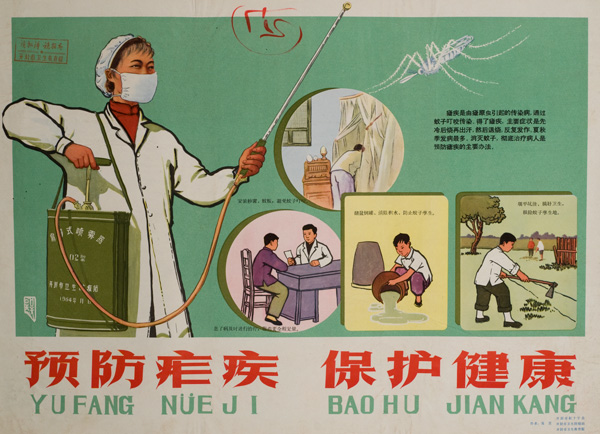
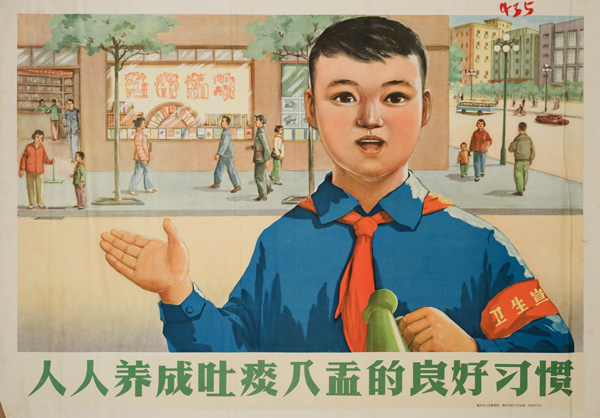
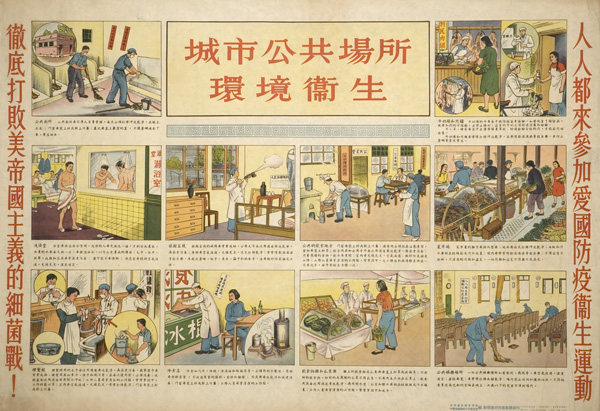
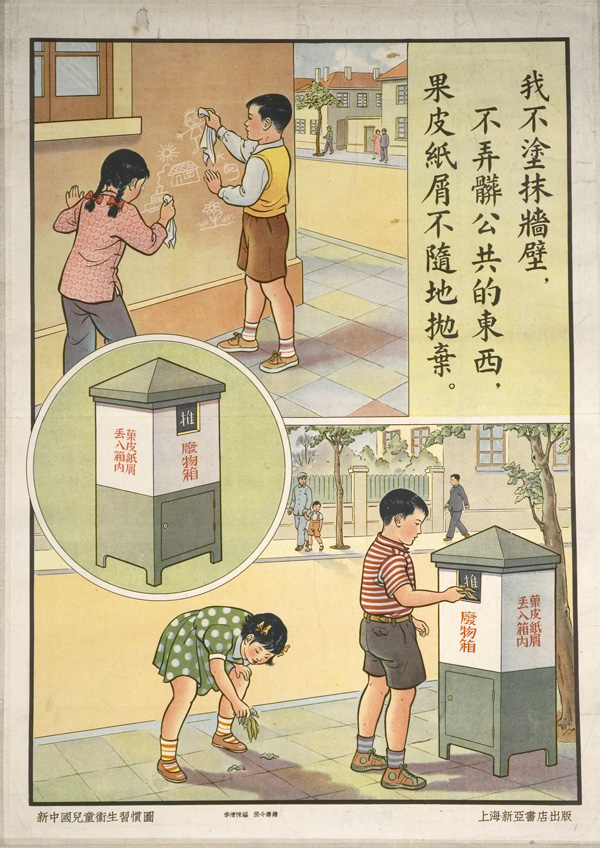
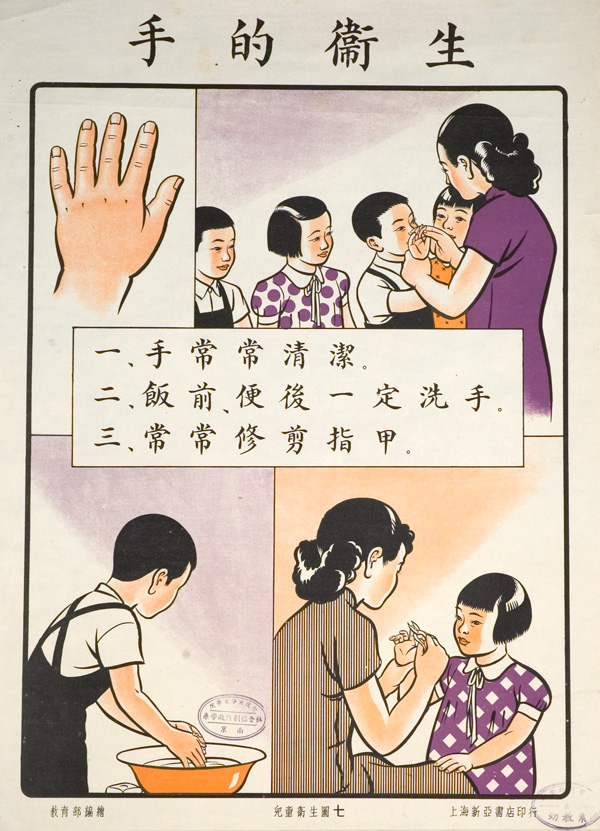
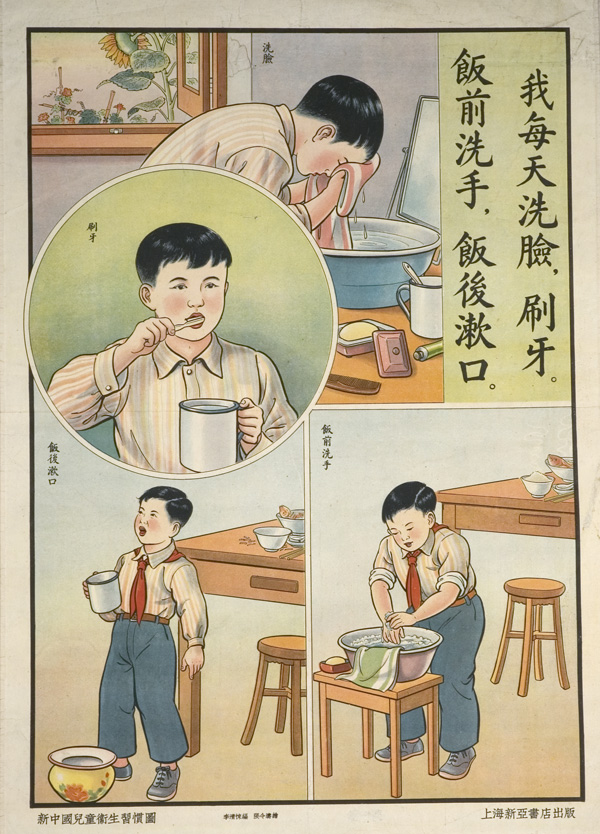
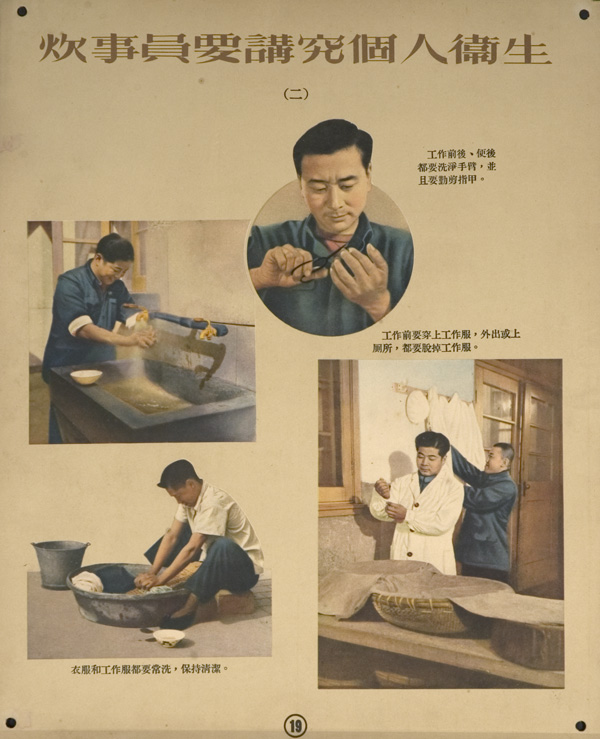
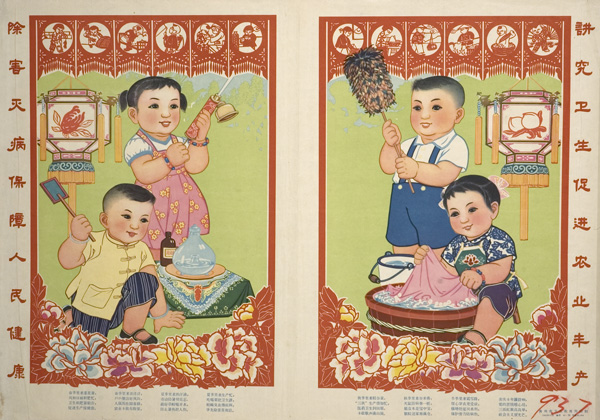
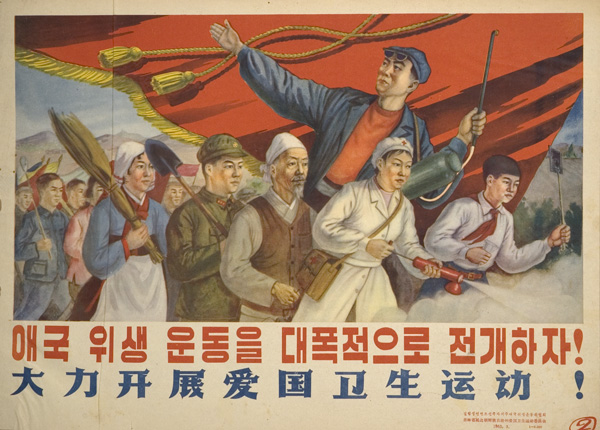
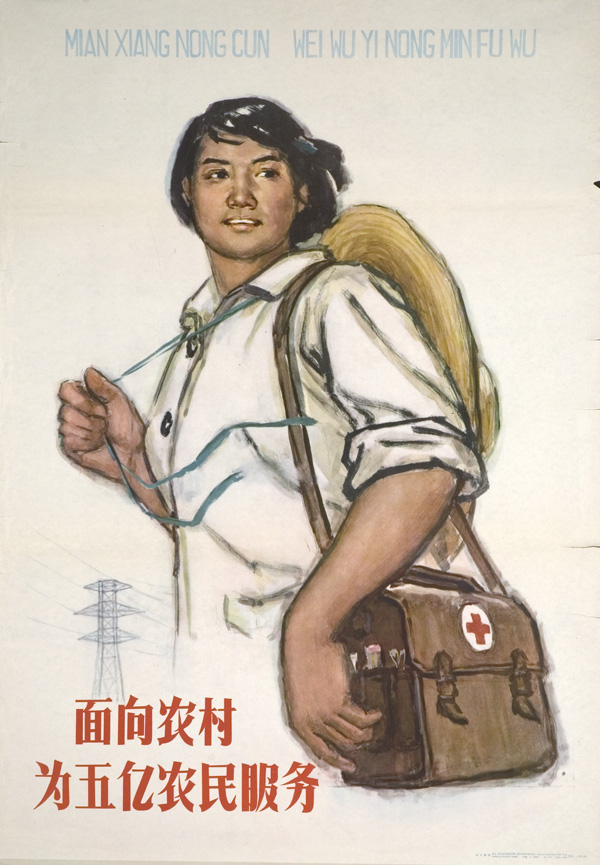
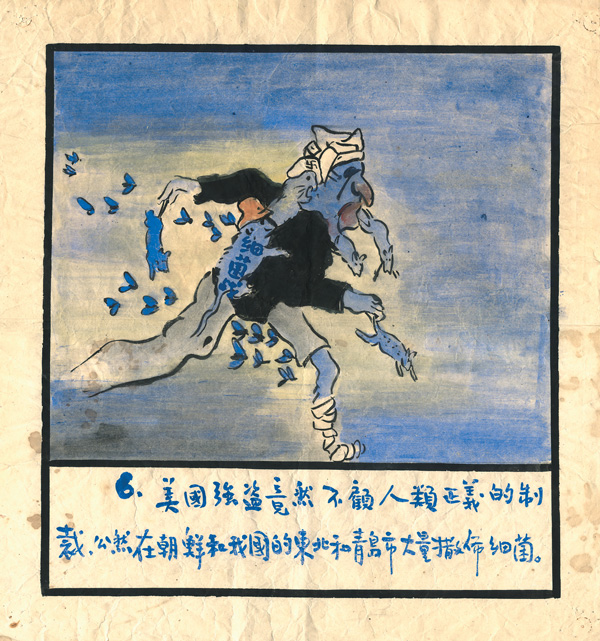
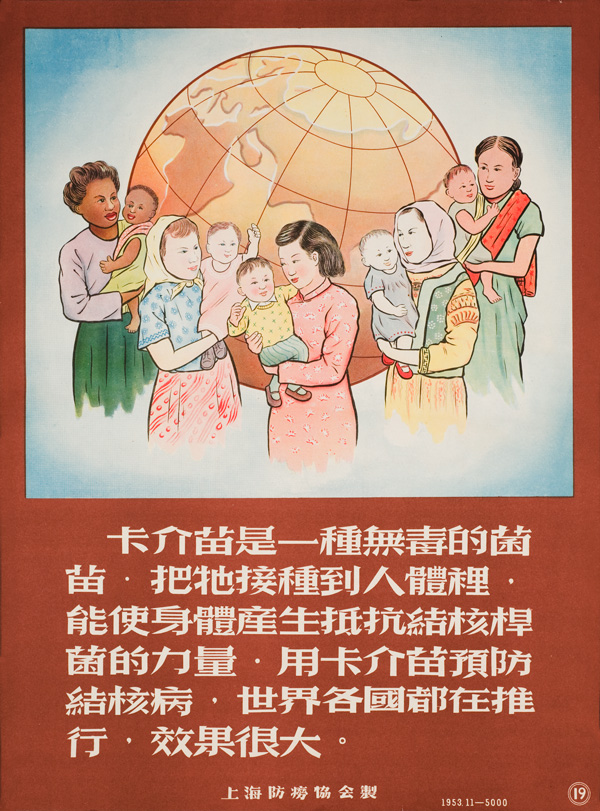
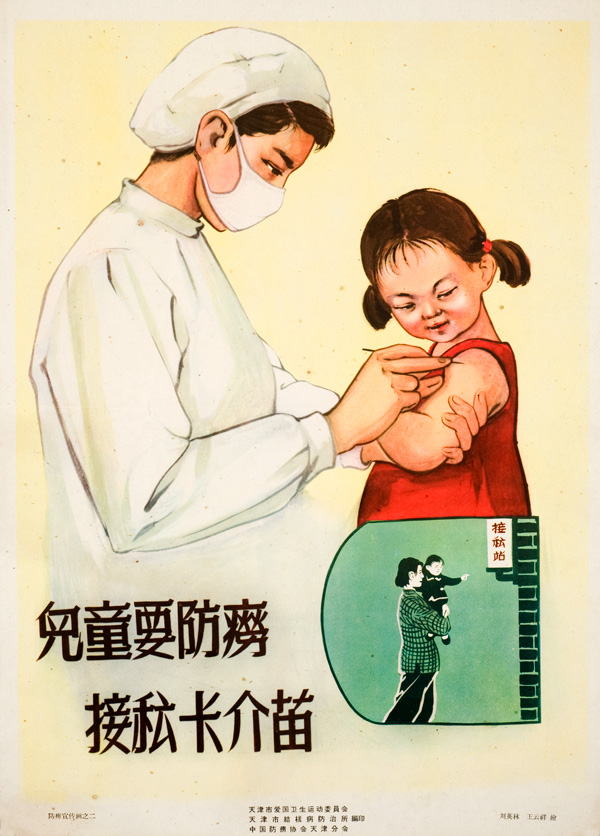
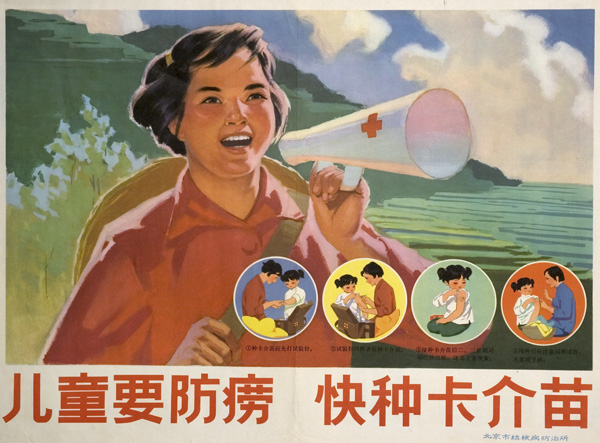
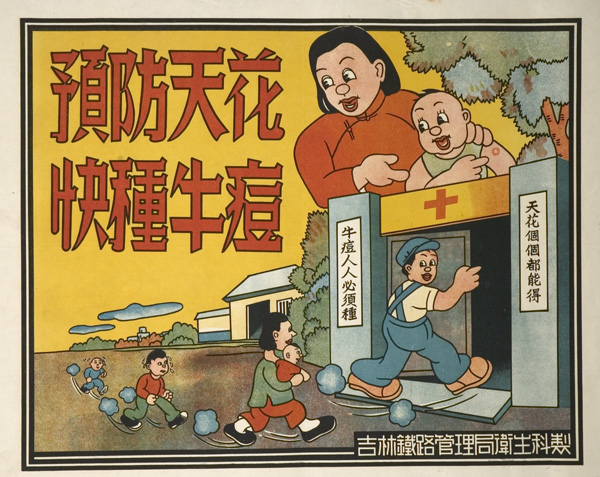
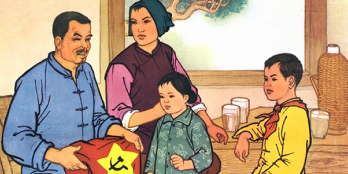 Chinese Family and Child Health Education
Chinese Family and Child Health Education
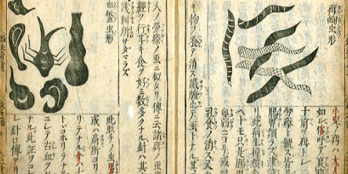 Traditional Chinese Medicine
Traditional Chinese Medicine
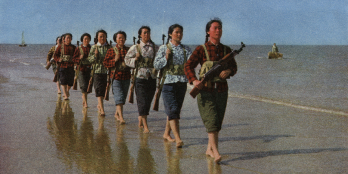 Education Resources
Education Resources